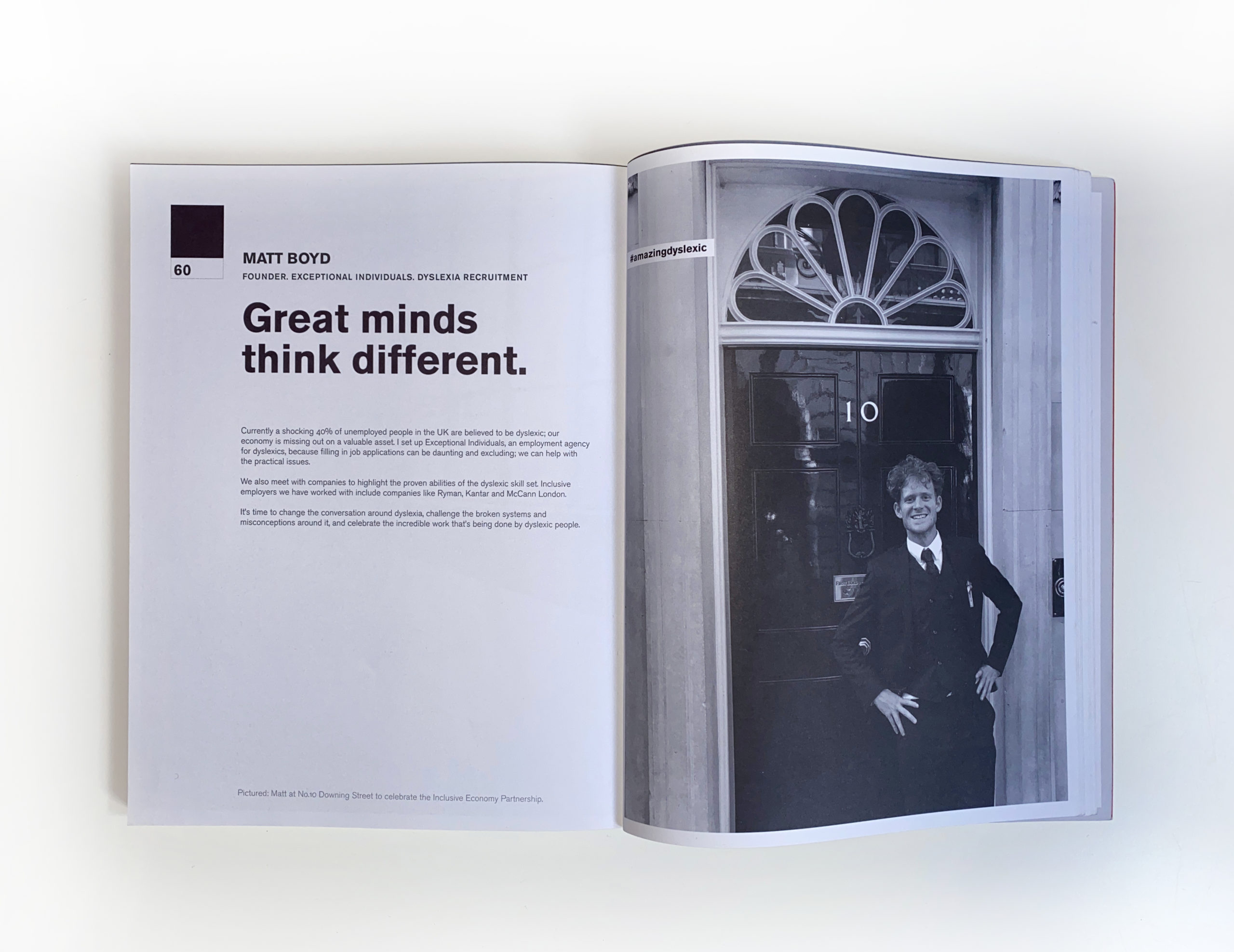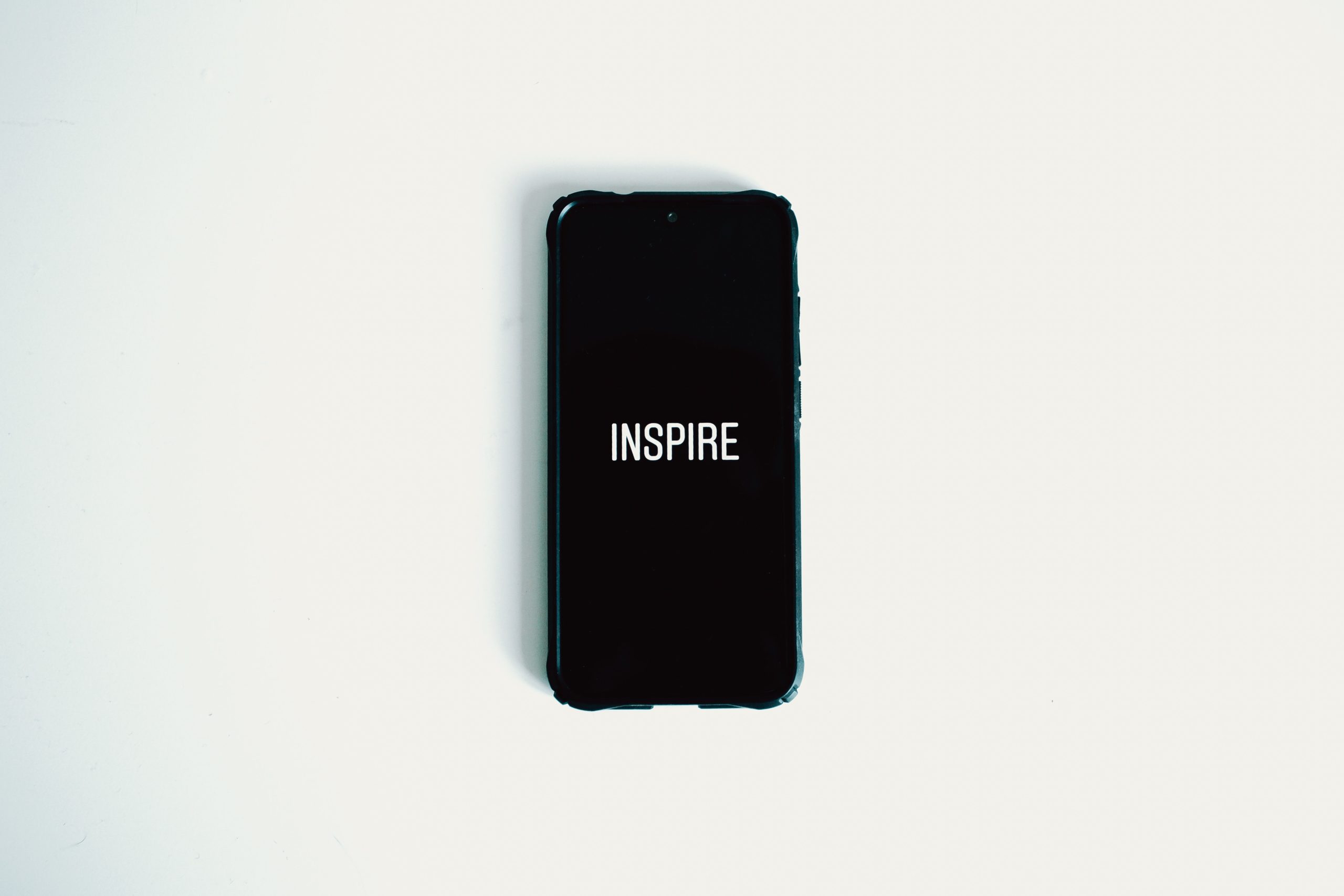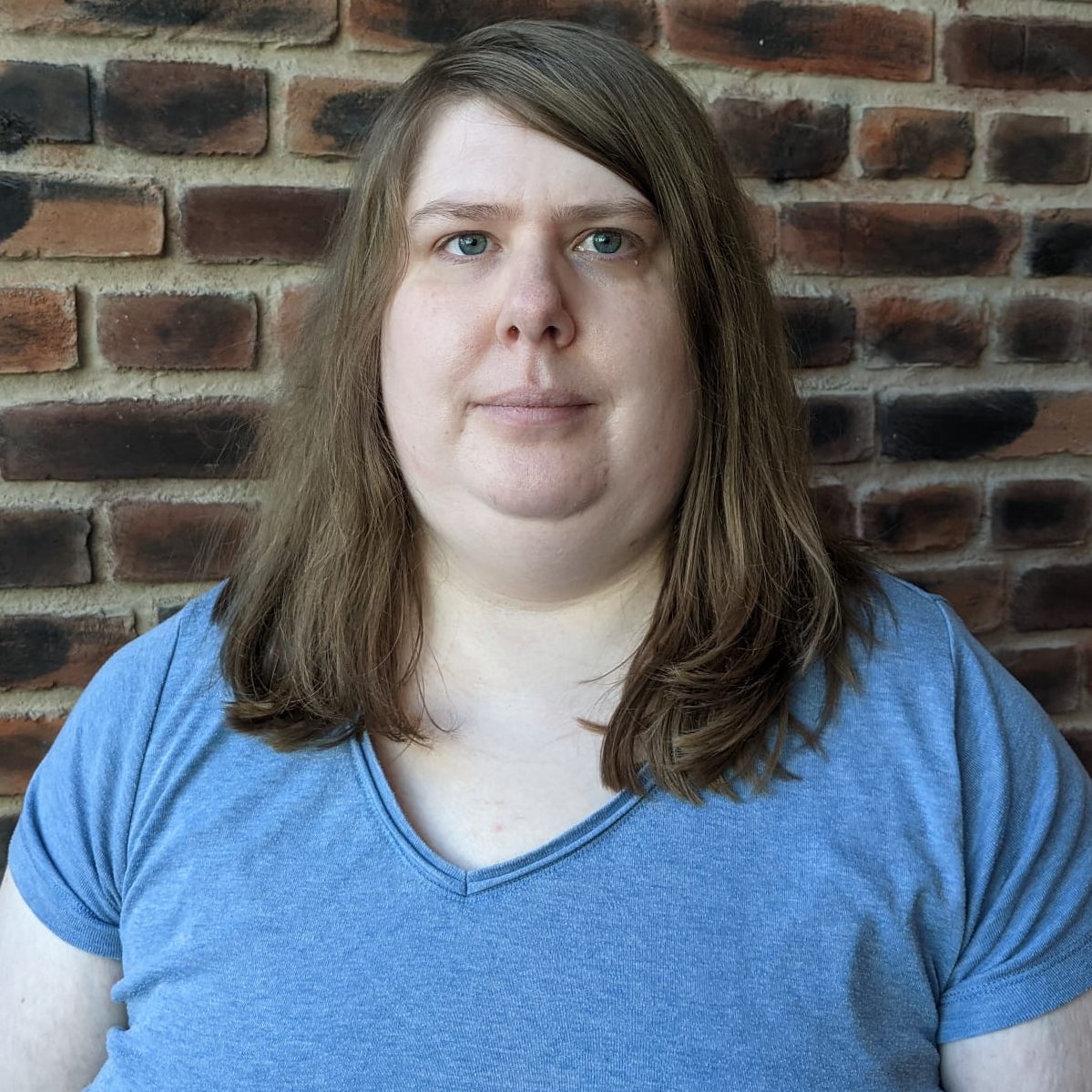Interview with Kate Power and Kathy Iwanczak Forsyth, Authors of Amazing Dyslexics and the Jobs They Do

Featured image by Kate Power and Kathy Iwanczak Forsyth
Our content volunteer April has interviewed the authors of the book that empowers people with dyslexia who work in a variety of sectors from comedy to fashion. The book even features our very own Matt Boyd, who founded Exceptional Individuals.

Image by Kate Power and Kathy Iwanczak Forsyth
What inspired you to write and publish the book?

Image by Ave Calvar Martinez, Pexels.com
Working in the creative industries, we have always been surrounded by Amazing Dyslexics, and we know from experience that when dyslexics find a job they love with collaboration, hard work and some workarounds, they fly in their careers. So, wanting to prove this to our dyslexic teenagers, we wrote ‘The Bigger Picture Book of Amazing Dyslexics and The Jobs They Do’, and had the incredible experience of meeting the most wonderful and inspiring bunch of amazing dyslexics. Sixty-four in total. We could have gone on…
We want to help change the negative connotation of the word dyslexia. As Professor John Stein, the Oxford academic researcher, beautifully says ‘I wouldn’t want to cure dyslexia, it comes with too many good things”.
The description of the book is as follows:
The book is beautifully designed, packed with photos, full of wise words and encouragement from successful dyslexics working in comedy, architecture, law, fashion and many other amazing (and achievable!) careers. We are proud that Sir Paul Smith wrote our foreword, and we were supported by Eddie Izzard and Jamie Oliver, who shared their personal stories.
It is honest about the challenges of dyslexia (like problems or embarrassment at school), while showing how its strengths can be used to your advantage (for example how visualising and big picture thinking can make you shine at work), this is a book of colourful conversations with creative, motivated and successful people who are brilliant at what they do, and who achieve incredible things because of their dyslexia.
There is also a section from people working to support people with dyslexia, who have researched the subject or work directly helping dyslexics on a day to day basis, who share their top tips and advice gleaned from their years of experience, including the fantastic Matt Boyd, the founder of Exceptional Individuals. Who agrees with our message that it’s time to change the conversation around dyslexia, challenge the broken systems and misconceptions around it, and celebrate the incredible work that’s being done by dyslexic people?
Our first book ‘The Illustrated Guide to Dyslexia and Its Amazing People’ was written to explain dyslexia, using humour and charm, and to highlight how it is a different way of thinking and processing information, and importantly that dyslexia is different for everyone. The book helps you recognise your individual challenges and strengths, provides some useful tips and breaks down barriers. Why an illustrated guide? Because conventional books about dyslexia have too many words!
What kind of research did you do for writing this book, and how long did it take you before you started writing it?

Image by Anna Shvets, Pexels.com
We have been living and breathing dyslexia our whole lives, and then spent four years working on our first book, which gave us an understanding of the different challenges, and coping strategies. We then spent two wonderful years interviewing amazing dyslexics and getting their thoughts and perspectives.
What stage of a person’s life do you write about the most, i.e. childhood, teenage or adulthood?

Image by Monstera, Pexels.com
Good question! We have anecdotes about all these stages. We asked our amazing dyslexics about ‘what gets you in a pickle…?’ This was mostly a school age memory. Another question was ‘what makes you burst with pride…?’ This was usually an adulthood accomplishment.
What does your schedule as an author look like?

Image by RDNE Stock project, Pexels.com
We were very disciplined, and worked on the book three days per week, whilst doing paying jobs the other two to three days a week. But it was so much fun it didn’t feel like work!
We loved doing the interviews and meeting such great people. And we both adore working together, we are a great team. Collaboration is key, together is better, we sparked off each other and couldn’t have done it without one another.
How do you make non-fiction books interesting and engaging while still being informative?

Image by Christina Morillo, Pexels.com
Reality is the new fiction! Making the book interesting and engaging was at the forefront of our minds as well as designing a book that was visually exciting. We used photographs of our amazing dyslexics in their workplaces to deliver an insight into other people’s careers, alongside clean and simple graphics, and a swatch of their favourite colour. Many books on dyslexia are text-heavy and not very user-friendly. We wanted to get to the gold quickly!
Who do you wish you could have interviewed for the writing of this book?

Image by Tima Miroshnichenko, Pexels.com
Ha ha, that would be telling! We are already gathering more amazing dyslexics for the next instalment. However, a conversation with AA Gil and Leonardo Di Vinci would have been interesting!
We have partnered with Gershoni Creative, based in San Francisco, for a series of virtual salons, live streamed videos called ‘The Bigger Picture… The Conversation Continues…’
Informal conversations with different guests talking about dyslexic thinking across different industries. Please sign up here to watch previous episodes and forthcoming ones: https://gershoni.com/culture/amazing-dyslexics
April would like to thank Kate and Kathy for their generous time for this interview.
Here is a flick-through video of the book:
You can purchase the book here.




